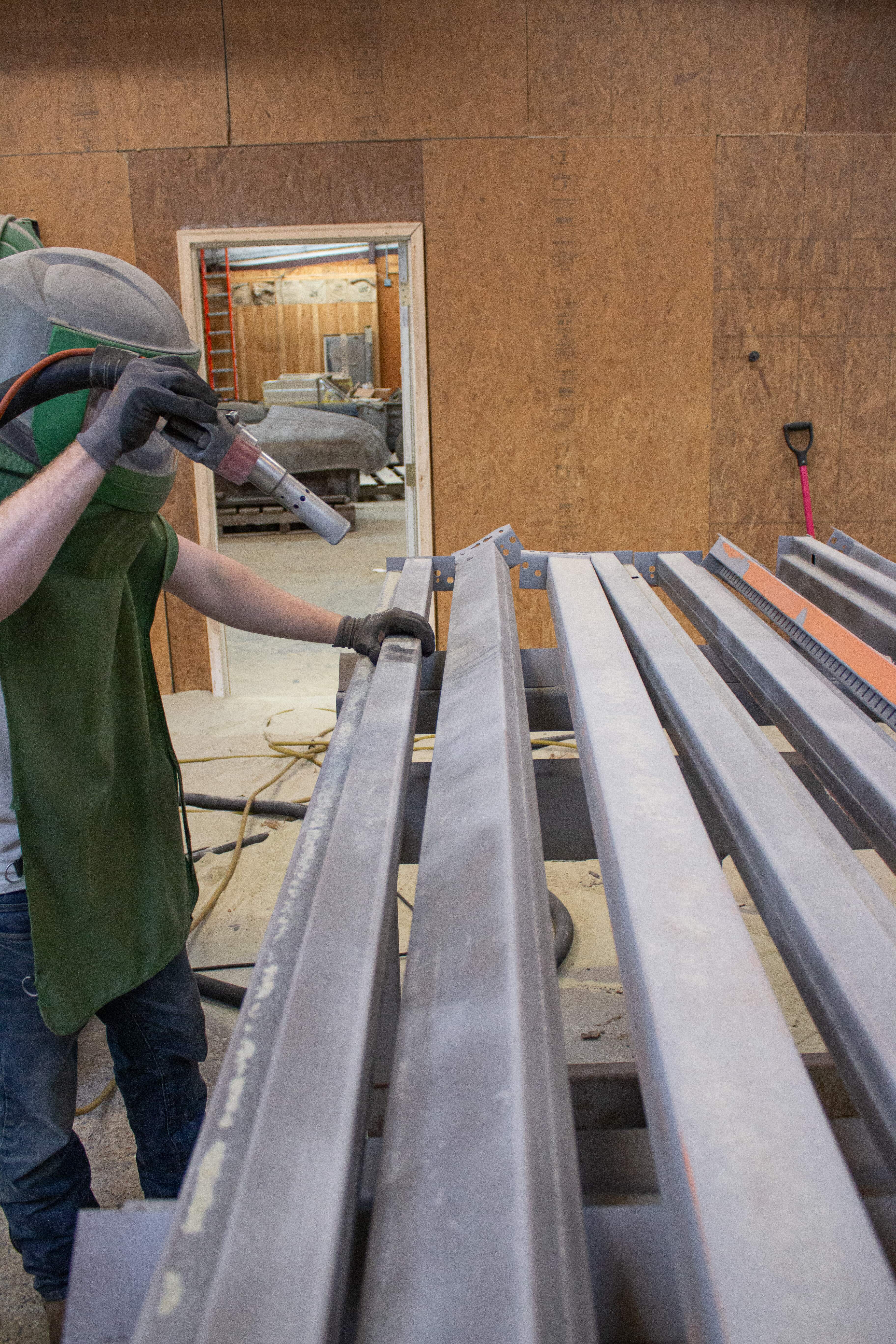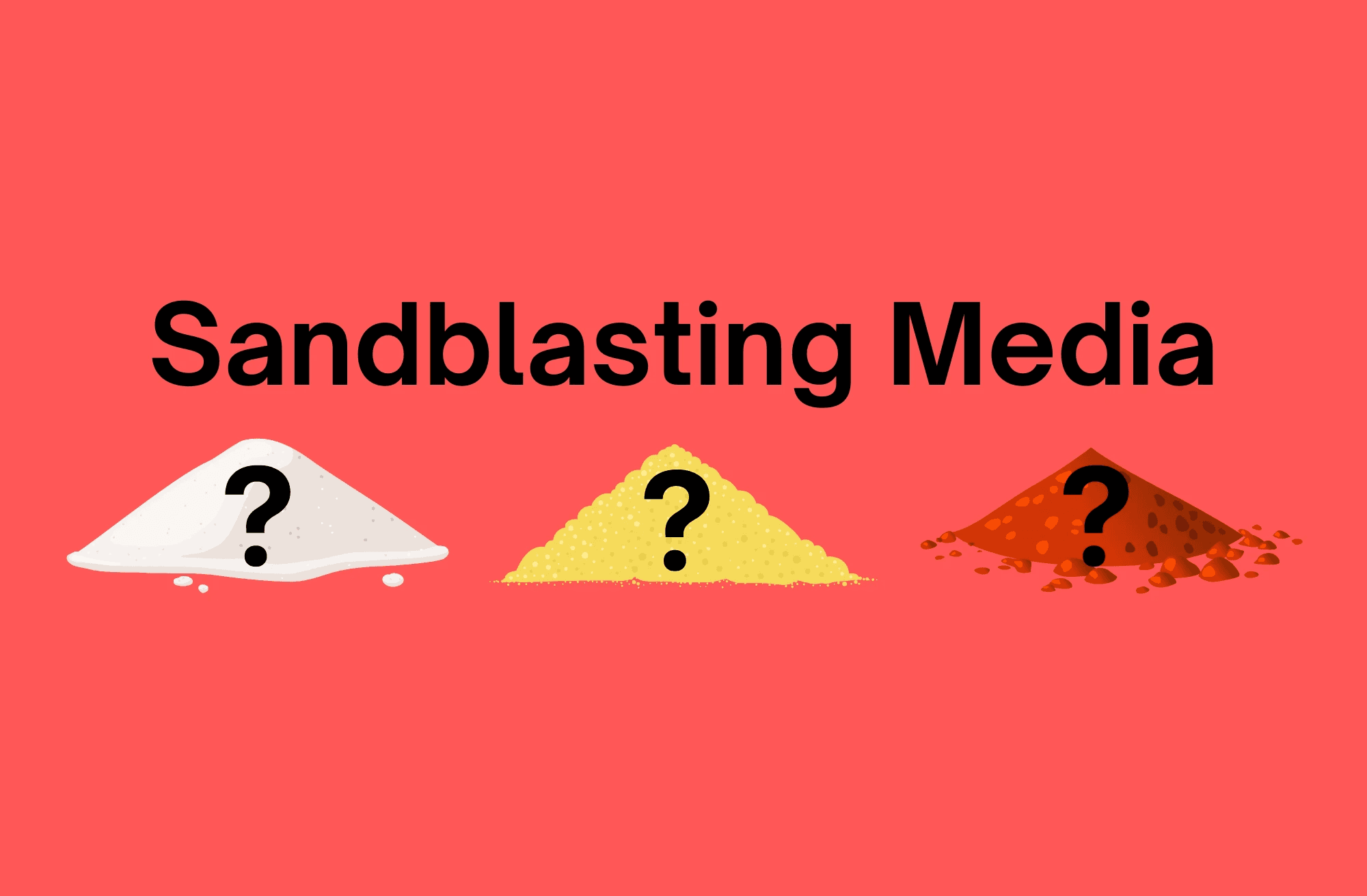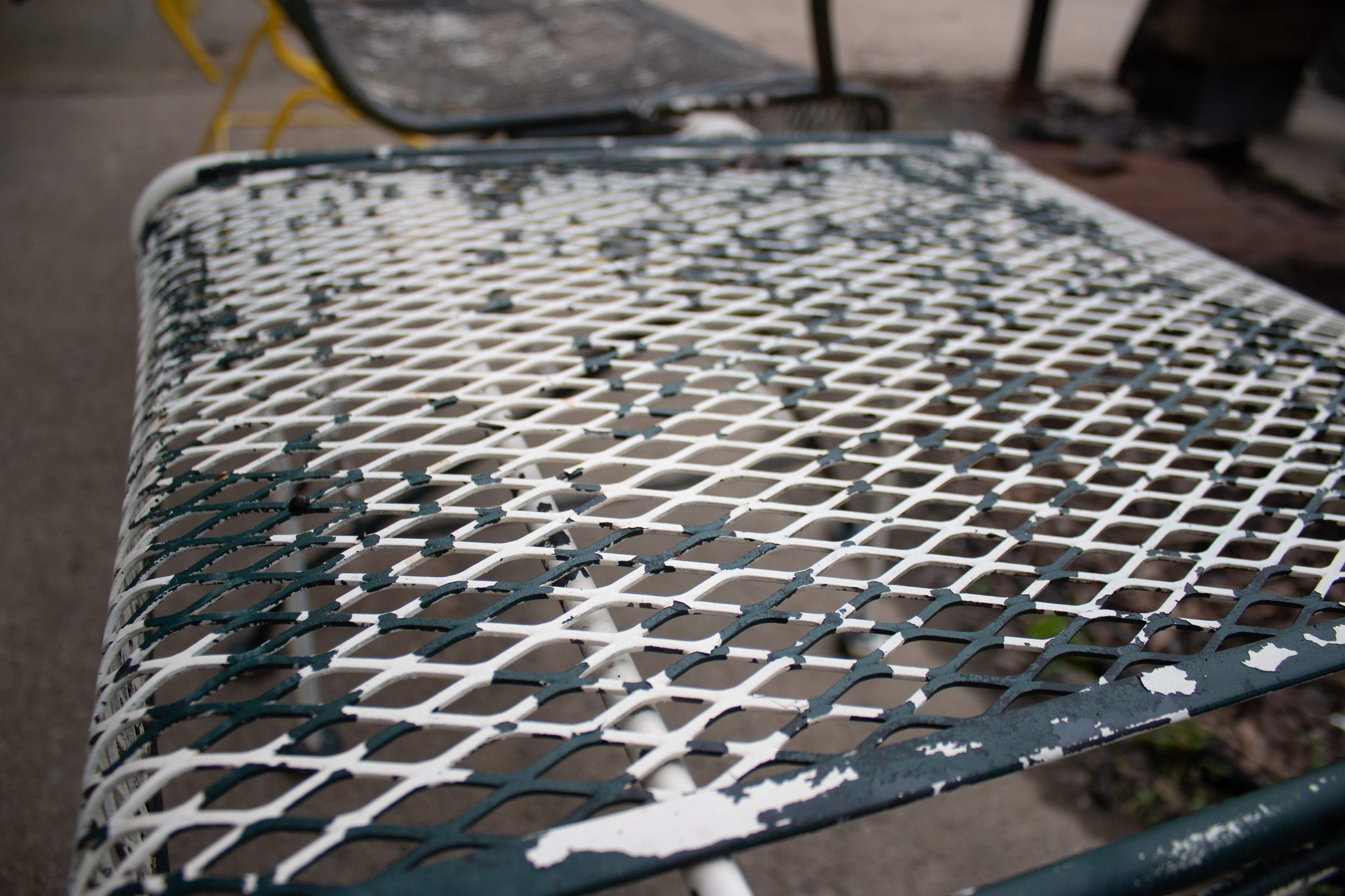Apr 2, 2024
Wet vs. Dry Sandblasting: Which One is Better?
Wet Blasting
Restoration
Dry Blasting
Understanding Dry Blasting and Wet Blasting: Choosing the Right Method for Your Project
What is Dry Blasting?
Dry blasting is a process that involves using sand or other abrasive materials to remove paint, rust, grime, and other types of buildup from various surfaces. It’s also an effective method for preparing surfaces for painting or other treatments. This technique uses high-velocity sand propelled by air to clean or etch a surface.
Why Choose Dry Blasting?
Dry blasting is especially beneficial when organic abrasives are needed, such as for blasting natural woods like log cabins or delicate wooden furniture. It’s also used for:
Cleaning molds.
Preparing surfaces for painting or coating.
Etching glass.
Removing paint from wood.
What is Wet Blasting?
Wet blasting, or vapor blasting, involves a slurry of water mixed with abrasive media. This mixture is then blasted onto the surface, which helps minimize dust and reduce the thermal impact on the blasting surface, making it a cleaner process.
Benefits of Wet Blasting
Wet blasting is preferred for jobs in sensitive environments due to its dust-reduction capabilities, making it ideal for:
Residential areas near busy roads or properties.
Reducing wear and tear on blasting equipment due to the cooling effect of water.
Multi-purpose applications beyond what traditional dry blasting can offer.
Choosing Between Dry Blasting and Wet Blasting
Automotive Applications:
Wet Blasting: Recommended for exterior parts to minimize the risk of warping and improve visibility during the process.
Dry Blasting: Better suited for interior components where dry media can be effectively used and removed.
Industrial Uses:
Dry Blasting: Ideal for large-scale projects like stripping paint from concrete, stone, or metal structures.
Wet Blasting: Useful for dust-sensitive environments and for jobs requiring precise cleaning without spreading contaminants.
Residential Projects:
Wet Blasting: Often the best choice due to its gentle impact on surfaces and its ability to control dust, protecting the home environment.
Which Method is Right for Your Project?
When deciding whether dry blasting or wet blasting is right for your project, consider the nature of the job and the environment in which it will be performed. Dry blasting is excellent for heavy-duty removal tasks, while wet blasting is better for delicate surfaces or areas where dust control is crucial.
Contact Us:
If you have a project and would like professional help getting it restored with sandblasting, give us a call for a free consultation and estimate at (501) 458-4242 today!
Book an Appointment
Schedule your visit now for personalized care in a comfortable environment. Your journey to a brighter, healthier smile begins here.



